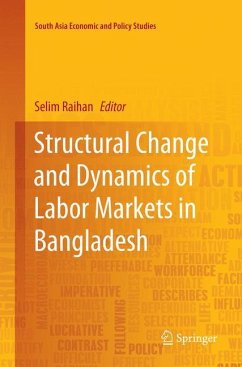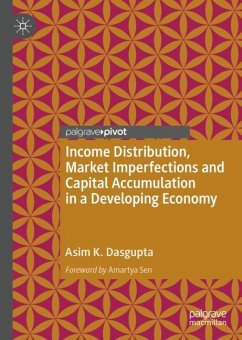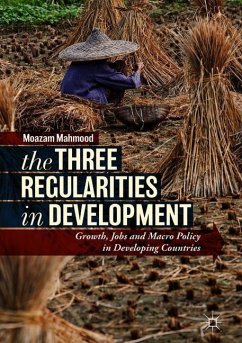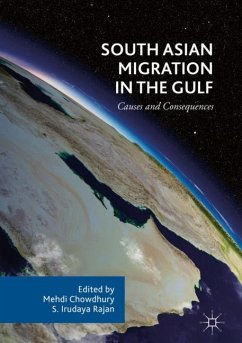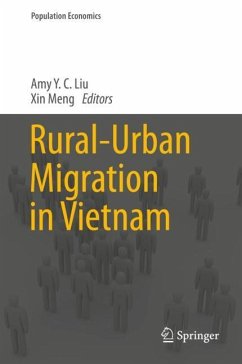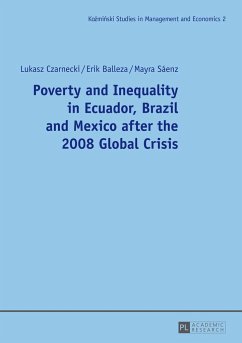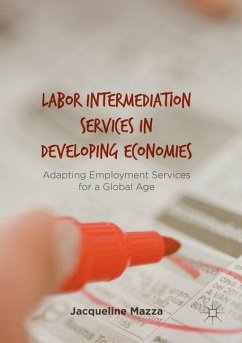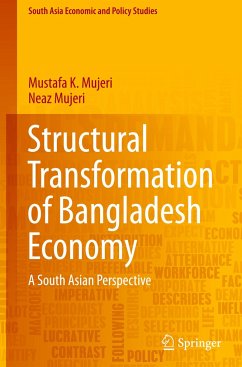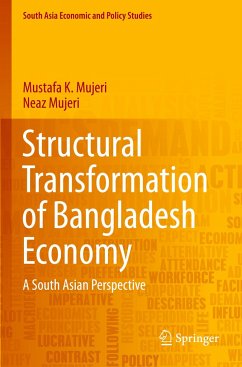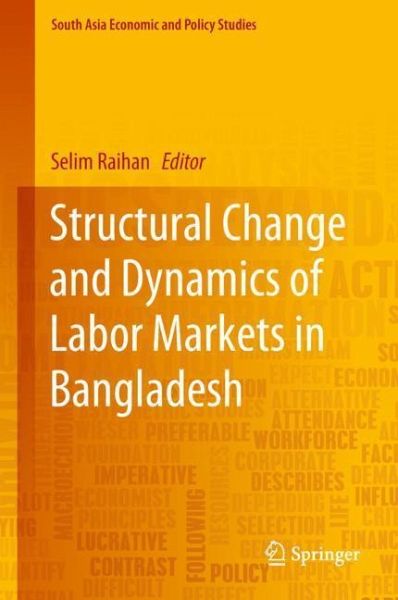
Structural Change and Dynamics of Labor Markets in Bangladesh

PAYBACK Punkte
38 °P sammeln!
Outlining important policy requirements for Bangladesh to become an upper middle-income country, the book presents research work conducted during the project "Changing Labor Markets in Bangladesh: Understanding Dynamics in Relation to Economic Growth and Poverty," sponsored by the International Development Research Center (IDRC), Canada. Bangladesh has experienced remarkable economic growth rates over the last decade. The country has recently been upgraded from a low-income country (LIC) to a lower-middle-income country (LMIC) as per the World Bank's classification system. By 2024, the country...
Outlining important policy requirements for Bangladesh to become an upper middle-income country, the book presents research work conducted during the project "Changing Labor Markets in Bangladesh: Understanding Dynamics in Relation to Economic Growth and Poverty," sponsored by the International Development Research Center (IDRC), Canada. Bangladesh has experienced remarkable economic growth rates over the last decade. The country has recently been upgraded from a low-income country (LIC) to a lower-middle-income country (LMIC) as per the World Bank's classification system. By 2024, the country also aspires to graduate from the United Nation's list of least developed countries (LDC). The 7th five-year plan sets an ambitious target of 8 percent growth in GDP by 2020. There are also steep development targets to be achieved under the Sustainable Development Goals (SDGs) by 2030. All these will require an enormous leap forward from the current level of economic growth rate and sustaining itin the future. The situation also calls for considerable structural change in the economy, facilitating large-scale economic diversification. Rapid expansion of labor-intensive and high-productivity sectors, both in the farm and nonfarm sectors, is thus crucial for Bangladesh. Further, this should take place in conjunction with interventions to enhance productivity, jobs and incomes in traditional and informal activities where there are large pools of surplus labor. Given its relevance for Bangladesh and applicability to many other developing countries, the book offers a unique and pioneering resource for researchers, industry watchers as well as policy makers.





